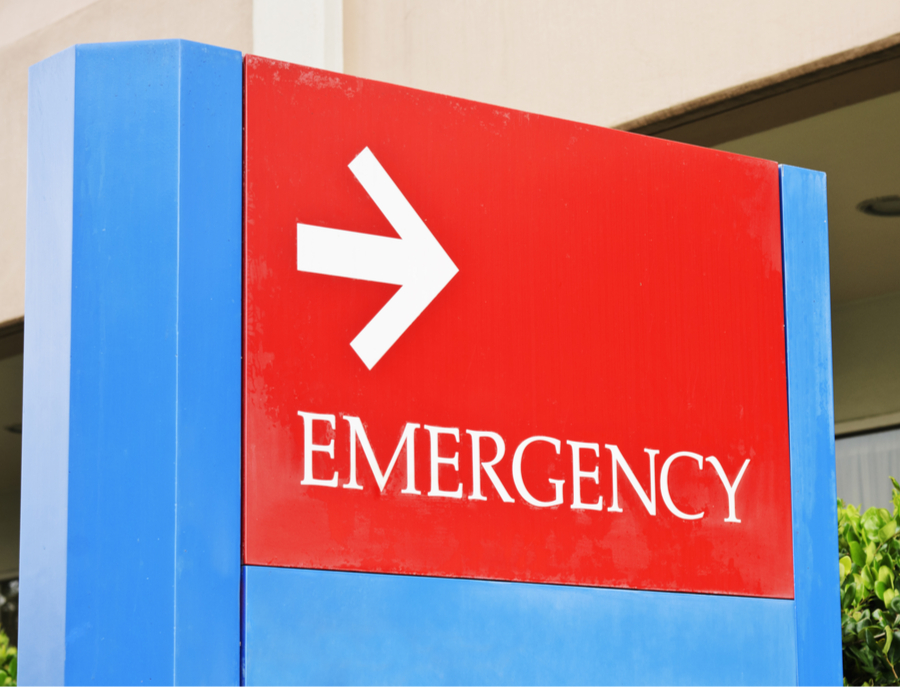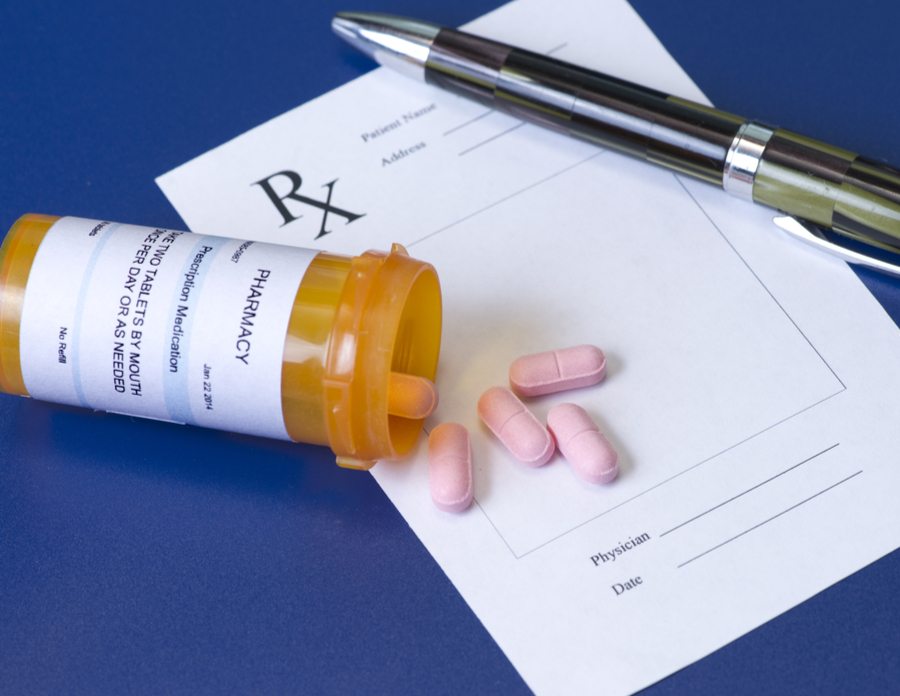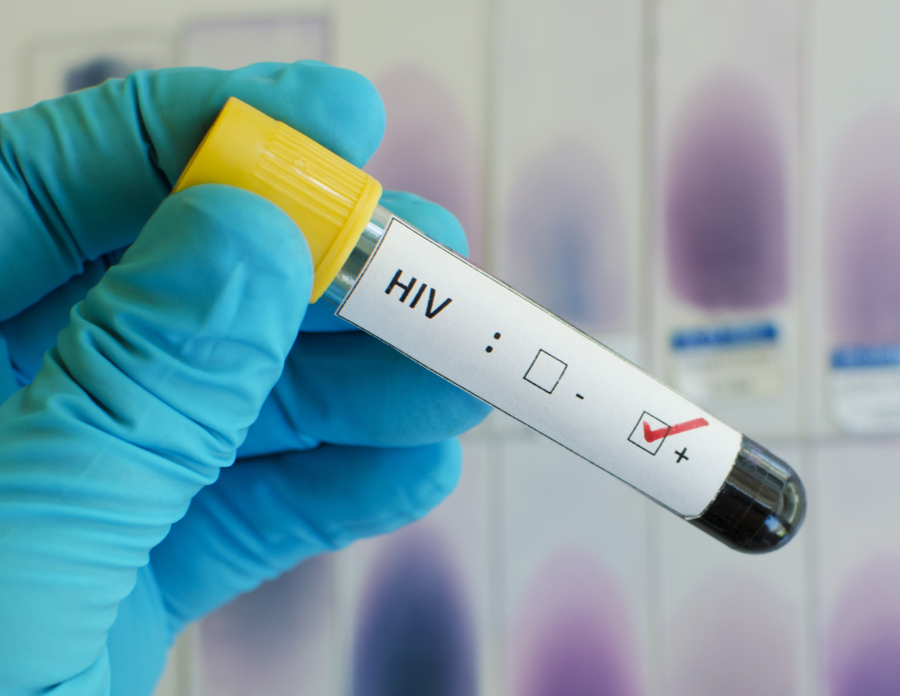Expert Insights
The coronavirus pandemic took an enormous toll on Californians, especially those addicted to drugs. We still don’t understand the true depth of the pandemic’s effects in many areas, but here are two things we know for sure: fewer people sought addiction treatment during the pandemic, and the number of relapses skyrocketed among people who were already in outpatient treatment. The pandemic put their lives in danger on multiple fronts. I heard it called the “collision of epidemics,” and that is something that stuck with me.
~ Natalie Baker
How Much Does Drug Rehab Cost in California?
California is ranked 23rd nationwide in terms of addiction treatment affordability, with an average cost of drug rehab of $56,654.
- Medical detox is the most expensive, with an average cost of $139,673
- Inpatient rehab in California costs an average of $49,994
- Outpatient rehab in California costs and average of $8,307
- Outpatient methadone treatment is the most affordable, with an average cost of $7,381
The cost of alcohol and drug rehab in California can depend on various factors, including:
- Treatment setting (inpatient vs. outpatient)
- Location of treatment center
- Funding
- Insurance
- Amenities and features
- Time in treatment (30 to 90 days or longer)
Typically, inpatient rehab or residential California rehab costs more than outpatient services because you pay to reside at the facility. Drug rehab programs that are classified as “executive” or “luxury treatment center” are costlier to patients.
However, treatment costs should not prevent your access to care. California offers several free and low-cost rehab treatment options that provide sliding-scale fees based on your current financial standing. If you have health insurance, whether it is private or public, several facilities will accept your insurance and provide at least partial coverage, depending on your provider or plan.
California adults who previously avoided rehabilitation care due to cost decreased 28% from 11.9% to 8.6% between 2019 and 2020.2
How to Pay for Rehab in California
As of 2020, there were over 1700 rehab facilities across the state of California. These facilities accept several payment methods. Of those facilities, the following numbers reflect how many accept their respective payment methods:
How Many Californians Have a Drug or Alcohol Abuse Problem?
About 18% of adults in California admitted to alcohol abuse, including binge drinking or heavy drinking within the past month.1 What’s more, there are more alcohol-related deaths in California than anywhere else in the U.S.
To put those numbers in perspective, the Centers for Disease Control and Prevention (CDC) estimates that Californians forfeited a total of 308,831 years of potential life, thanks to alcohol abuse.1 However, underage drinking is very low in the state.
Let’s look at the demographics related to alcohol abuse in California:1

20% of white (non-Hispanic) adults make up CA’s highest excessive drinking rates

15,443 deaths in California are attributed to alcohol abuse every year

Californians lost 376,899 years of potential life as a result of alcohol abuse or alcoholism

Alcohol abuse cost CA taxpayers $35 billion in 2010 (equal to $47 billion in 2022)
- 21.9% of excessive drinkers are men
- 14.2% of excessive drinkers are women
- 3% of alcohol-related fatalities are age 35 and older
- 3.3% of alcohol-related fatalities are under the age of 21
In 2021, about 12.7% of adults reported abusing prescription drugs—including pain relievers, stimulants, and sedatives—or illicit drugs, excluding cannabis. That’s 0.7% above the national average.2
Here are a few more statistics related to drug abuse among CA adults:2

314,000 CA teens (age 12-17) report using drugs in the last month.

9% of all the nation’s drug overdose deaths occur in California.

CA doctors write enough prescription opioids for 46% of residents to have one.

129,153 cases of HIV/AIDS in CA are caused by intravenous drug use.
California Addiction Treatment Center Admissions
In 2019, roughly 146,000 people aged 12 and over were admitted to treatment centers in California.3 About 33,000 of those admissions required treatment for alcohol addiction, while the remaining admissions required treatment for drug addiction.3
Here’s a breakdown of California rehab admissions in 2019:3
15,000 CA admissions were for marijuana and/or hash-related abuse
47,000 CA admissions were for methamphetamine or amphetamine abuse
42,000+ CA admissions were for opioid abuse (including heroin and other)
Important Addiction Treatment Laws in California
California Employee Protections for Drug or Alcohol Rehab: According to California Labor Code Section 1025-1028, employers with 25 or more employees are required to provide accommodation to employees who voluntarily elect to attend alcohol or drug rehab. These accommodations may include anything from unpaid time off or permission to use sick leave or vacation time. Employees who want to attend addiction treatment may be able to request time off under the Family and Medical Leave Act (FMLA) or the California Family Rights Act (CFRA).
Treatment Opportunities for Individuals Convicted of Non-Violent Crimes: Proposition 36, also known as the Substance Abuse and Crime Prevention Act of 2000, is a criminal sentencing initiative passed in California in November 2000. Prop 36 states that eligible nonviolent drug offenders may serve their time in a drug treatment program instead of in jail or prison.6
California Government Prevention and Care Services: California’s substance use disorder services have been expanded under Senate Bill 110 to include contingency management (CM)—an incentivized treatment program—as a benefit covered by Medi-Cal.7 Patients who exhibit substance-free behavior, like drug-free urine tests, are rewarded with vouchers or gift cards as part of a CM program. The most common use of CM is to treat addictions to methamphetamine and cocaine, but it also is helpful for recovery from alcohol use disorders.8
California Ethical Treatment for Persons with Substance Use Disorder Act: California Senate Bill 349 officially passed as of April 2022. It created the California Ethical Treatment for Persons with Substance Use Disorder Act to protect drug addiction treatment clients and their families. This bill calls for all individuals and families of individuals receiving addiction care to be treated with dignity, honesty, and respect. It requires treatment providers doing business in the state to adopt a client bill of rights for persons receiving treatment for substance use disorder, as specified, and to make the bill of rights available to all clients and prospective clients.9
California’s Good Samaritan Overdose Prevention LA: In 2013, California became the tenth state to institute a 911 Good Samaritan overdose fatality prevention law.10 This law provides limited protection from arrests, charges, or prosecution for people who seek emergency medical care or someone experiencing a drug overdose. When people engaging in drug or alcohol witness a potential overdose, they often resist calling for help for fear of legal repercussions. Fortunately, the Good Samaritan law prioritizes the safety of those who need serious medical attention over punishment for illegal substance use.
Resources
- America’s Health Rankings analysis of CDC, Behavioral Risk Factor Surveillance System, United Health Foundation. (2021). Trend: Excessive Drinking, California, United States.
- America’s Health Rankings analysis of CDC, Behavioral Risk Factor Surveillance System, United Health Foundation. (2021). Trend: Non-Medical Drug Use, California, United States.
- Substance Abuse and Mental Health Services Administration, Center for Behavioral Health Statistics and Quality. (2019). Treatment Episode Data Set (TEDS): 2009-2019.
- National Survey of Substance Abuse Treatment Services, Substance Abuse and Mental Health Services Administration. (2019). Quick Statistics.
- U.S. National Library of Medicine. (2021). Dual diagnosis, MedlinePlus.
- Center for Substance Abuse Treatment. (2005). Substance Abuse Treatment for Adults in the Criminal Justice System. Treatment Improvement Protocol (TIP) Series 44. HHS Publication No. (SMA) 13-4056. Rockville, MD: Substance Abuse and Mental Health Services Administration.
- California Legislative Information. (2021). Bill Text.
- National Institute on Drug Abuse. (2018). Contingency Management Interventions/Motivational Incentives (Alcohol, Stimulants, Opioids, Marijuana, Nicotine).
- California Legislative Information. (2021). Bill Text.
- California Drug Policy Alliance. (2013). Understanding California’s 911 Good Samaritan Law.
- California Health Care Foundation. (2018). https://www.chcf.org/wp-content/uploads/2018/09/SubstanceUseDisorderAlmanac2018.pdf
- California Health Care Foundation. (2018). Substance Use in California: A Look at Addiction and Treatment. from https://www.chcf.org/wp-content/uploads/2018/09/SubstanceUseDisorderAlmanac2018.pdf
- 1 Overview, Essential Concepts, and Definitions in Detoxification. (2006, January 1). NCBI Bookshelf. https://www.ncbi.nlm.nih.gov/books/NBK64119/








